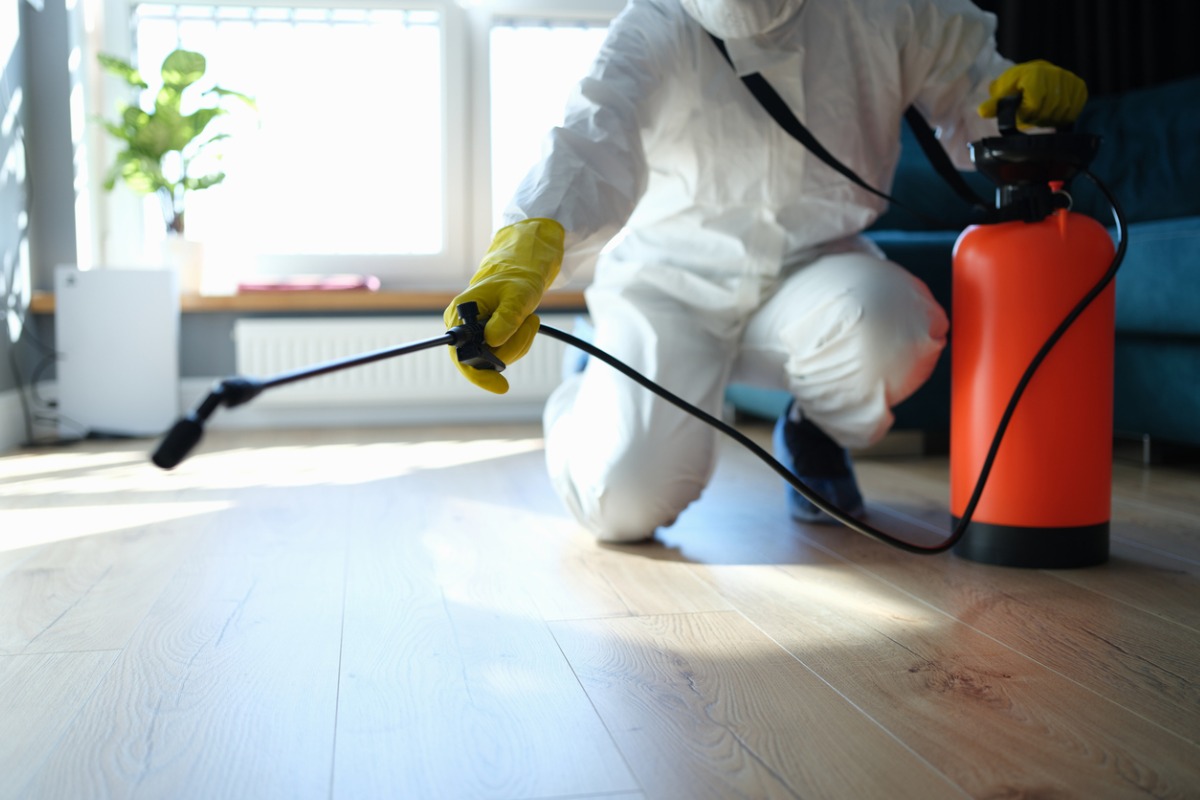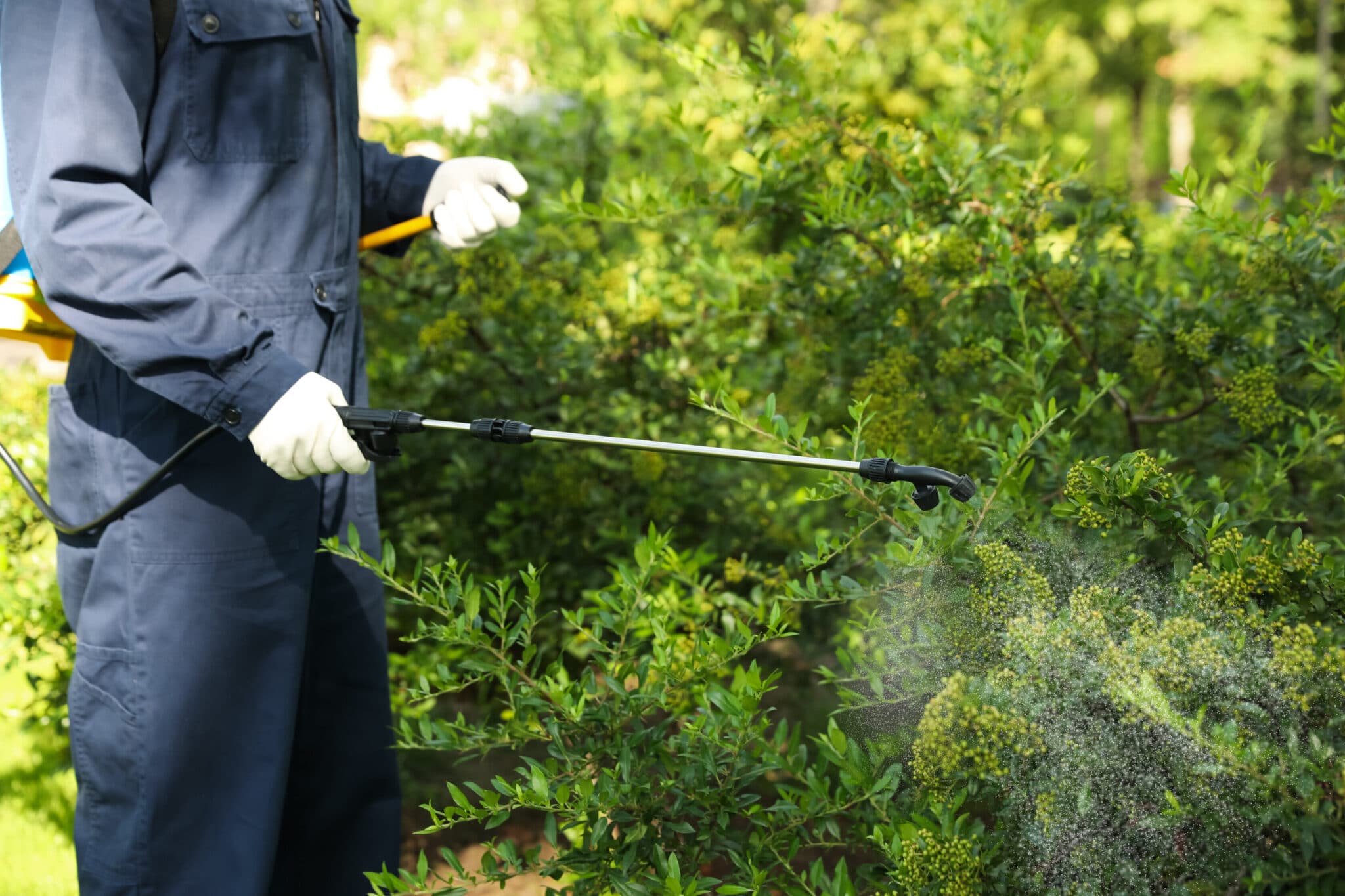Effective Coquitlam Pest Control Solutions for a Pest-Free Environment
Wiki Article
Safe and Trusted Insect Control for Lasting Security
Effective insect administration requires a complex technique that balances environmental integrity with the requirement for effective parasite suppression. The subtleties of these methods might not be right away clear, motivating a closer assessment of the practices that can lead to lasting pest control end results.Recognizing Parasite Control Approaches
Insect control encompasses a range of methods focused on handling and eradicating undesirable insects and rats that can threaten both health and wellness and residential property. Understanding these techniques is critical for effective pest management.
The key categories of pest control techniques include mechanical, biological, and chemical strategies. Mechanical approaches entail physical obstacles and traps to stop pest entrance and capture undesirable varieties. Making use of displays on windows or using sticky catches can significantly decrease insect populations without presenting hazardous compounds - exterminator coquitlam.

Chemical insect control is typically the most recognized approach, using chemicals to remove bugs. These chemicals can be efficient but must be made use of with caution to stay clear of damaging impacts on non-target species and the setting.
Benefits of Eco-Friendly Solutions
How can green solutions change parasite control practices? The fostering of eco-friendly insect control approaches offers various benefits, dramatically enhancing the effectiveness and security of bug monitoring.
Another benefit is the favorable influence on regional biodiversity. Environment-friendly options are created to target details parasites while maintaining beneficial pests and wild animals, advertising a balanced ecological community. This approach straightens with the expanding consumer demand for lasting methods, improving the track record of bug control carriers.
Integrated Parasite Administration Techniques
The implementation of eco-friendly solutions normally causes the adoption of Integrated Pest Monitoring (IPM) techniques, which further improve insect control efficacy. IPM is an all natural method that incorporates several tactics to take care of parasite populaces while lessening environmental influence. This technique stresses making use of organic, social, mechanical, and chemical controls, making sure a balanced and lasting method of insect management.One essential aspect of IPM is the complete assessment of bug activity and ecological conditions. By keeping an eye on pest populations and recognizing their life cycles, professionals can implement targeted treatments that interrupt the parasite's habitat or lifecycle, lowering reliance on chemical pesticides. Furthermore, social practices such as crop turning and environment manipulation can substantially diminish insect facility and recreation.
An additional essential part is making use of biological control representatives, such as helpful insects or bacteria, which can naturally reduce parasite populations. When chemical applications are required, IPM prioritizes using low-risk chemicals and applies them selectively, reducing direct exposure to non-target microorganisms and human beings.
Integrating IPM approaches not just boosts pest control effectiveness but also promotes a more secure ecological community, straightening with the expanding need for lasting practices in insect administration.
Safe Practices for Home Owners
Understanding the relevance of safe techniques in pest control can encourage property owners to successfully handle bug problems while securing their health and wellness and the atmosphere. Carrying out non-toxic methods and safety nets is vital in lessening exposure to hazardous chemicals.House owners ought to first examine their environment for problems that bring in pests, such as standing food, water, and mess waste. Regularly cleansing and sealing access points can prevent insects from attacking the home. Utilizing all-natural deterrents, such as necessary oils or diatomaceous earth, can supply effective options to chemical pesticides.
When chemical therapies are required, home owners need to choose for items that are specifically about his identified as safe for domestic usage. It is important to adhere to application guidelines thoroughly to stay clear of overexposure. Moreover, making use of targeted treatments in areas where parasites are identified, instead than covering splashing, can considerably minimize chemical usage.
Lastly, preserving open interaction with parasite control specialists is vital. Property owners must ask about the safety of items used and request eco-friendly alternatives whenever feasible. By taking on these secure practices, property owners can develop a healthier living setting while effectively managing pest issues.

Tips for Long-Term Defense
Developing a bug administration strategy that emphasizes lasting defense can substantially boost the performance of the risk-free methods previously talked about. To achieve this, homeowners should apply normal assessments of their residential property, concentrating on concealed locations such as attics, cellars, and crawl rooms. Early detection of pest task is critical in preventing problems you can try this out from holding.These techniques reduce attractants that attract pests right into the home. Securing entrance factors, such as cracks around doors and home windows, can efficiently obstruct potential pest accessibility.
Landscape design must additionally be taken into consideration; keeping plants cut and preserving a range between greenery and the home minimizes hiding spots for bugs. Using natural deterrents, such as vital oils or diatomaceous earth, can additionally inhibit problems without resorting to severe chemicals.
Last but not least, collaborating with an expert parasite control service for regular evaluations can supply an extra layer of safety. These specialists can offer important link tailored referrals and advanced therapies, ensuring that your home stays secured versus bugs in the long-term.
Verdict
Finally, reliable and safe pest control calls for a complex technique that emphasizes environmentally friendly approaches and incorporated bug management. By executing all-natural deterrents, carrying out routine examinations, and keeping correct hygiene, homeowner can significantly lower parasite populaces while shielding advantageous insects and the atmosphere. Partnership with expert insect control solutions boosts the performance of these approaches, making sure customized remedies that provide lasting defense and tranquility of mind against future problems.Efficient insect management calls for a diverse strategy that balances environmental integrity with the need for reliable insect reductions. The fostering of eco-friendly bug control techniques supplies various advantages, significantly enhancing the efficiency and safety of bug management.The execution of environment-friendly remedies normally leads to the fostering of Integrated Insect Administration (IPM) techniques, which further enhance bug control effectiveness. exterminator coquitlam. By keeping track of insect populaces and determining their life cycles, practitioners can implement targeted treatments that interfere with the insect's habitat or lifecycle, minimizing dependence on chemical pesticides.In conclusion, safe and dependable pest control needs a diverse technique that stresses eco-friendly methods and incorporated pest monitoring
Report this wiki page